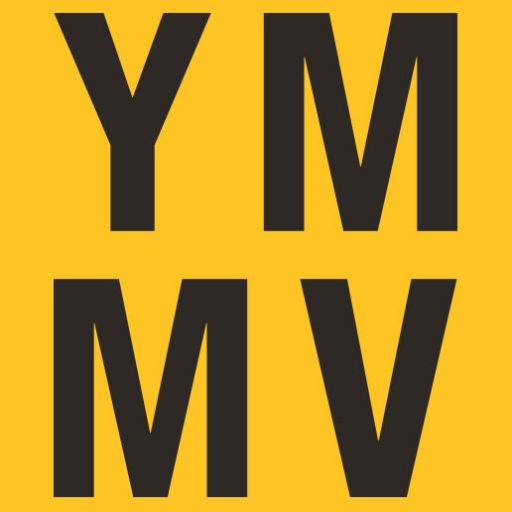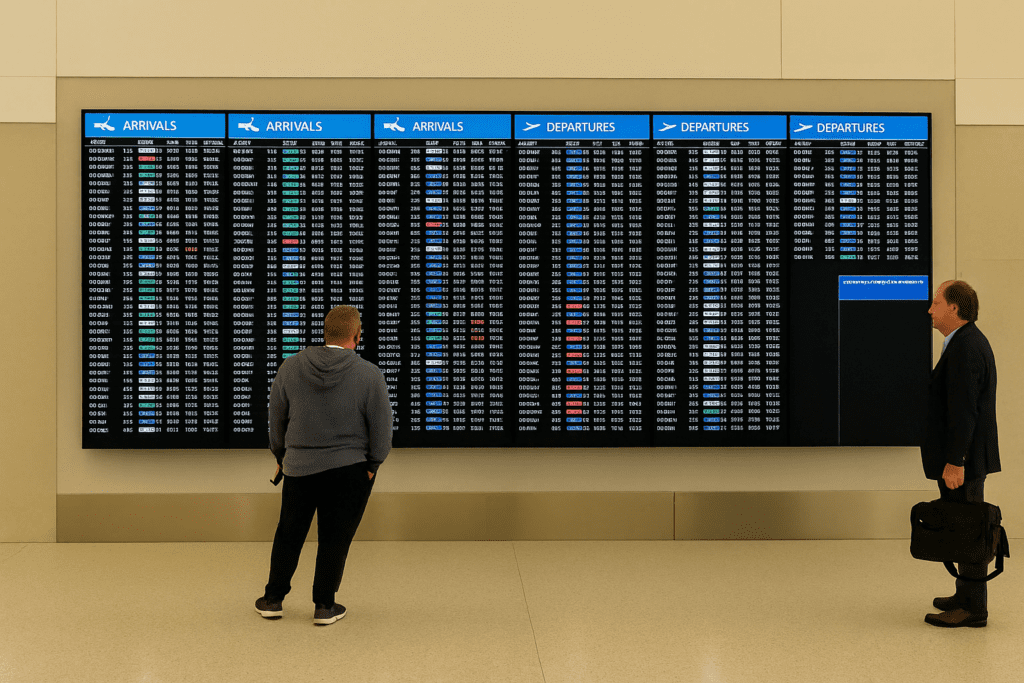Ever wonder why your Southwest flight says “WN” instead of “SW”? Or why JetBlue hides behind “B6”? The two-letter airline codes you see at airports seem simple, but a lot of them come with hidden backstories, random choices, and a few wild urban legends.
All airlines have a two-letter code that’s used, along with a flight number, to identify their flights. Most people who have flown are familiar with this system, even if they don’t realize it. When you’re at the airport and you see that your Delta flight to London is listed as DL30, that “DL” is the two-letter code for Delta.
These codes are officially known as IATA airline designators, also referred to as IATA reservation codes. They’re two-character codes assigned by the International Air Transport Association (IATA) to airlines around the world. Since you don’t want any confusion about which flight you’re referring to, someone has to keep track and ensure that each code is unique.
For the older airlines like American, Delta, and United, the codes are pretty logical: AA, DL, and UA. However, as you progress further down the list, things become a lot more creative. Supposedly, airlines can’t request a specific code, but it does seem like IATA tries to assign something recognizable when possible—except when they don’t.
Let’s look at some U.S. airlines and the stories behind their sometimes confusing codes.
Southwest Airlines
If you’ve ever tracked a Southwest flight on FlightAware or looked up your departure, you might have noticed that Southwest doesn’t use “SW,” which would be the most logical choice.
That’s because SW was already taken — by Air Namibia, which was initially called South West Air Transport and had been using the code since 1959.
Here’s where the story gets cloudy:
Since “SW” was unavailable, Southwest ended up with “WN.” There are a few urban legends about why:
- It’s an homage to Willie Nelson.
- It’s a flip of NW (Northwest Airlines’ code).
- It stands for “We’re Nuts,” which reflected how risky people thought starting the airline was.
But the most likely story? When IATA told Southwest that “SW” was unavailable, they offered a random set of letters instead. According to legend, Southwest simply responded, “Why not?” — and WN became their permanent identifier.
Over the years, Southwest has reportedly tried to purchase the “SW” code from Air Namibia, with one story claiming the asking price was $10 million. Another version says Air Namibia refused to part with the code at any price. Either way, no one has ever publicly confirmed exactly what happened.
Spirit Airlines
While Southwest has plenty of urban legends around its code, Spirit’s story is simpler.
Spirit uses the code “NK,” and the most common explanation is that it stands for “Ned’s Kids.” Founder Ned Homfeld was known for treating employees like family, and the code is said to honor them. It’s a cute story — and one the airline hasn’t really distanced itself from over the years.
Still, it’s possible that “NK” was simply a random assignment, and the story came afterward. Either way, it stuck.
JetBlue Airways
JetBlue’s code, “B6,” is a lot less exciting.
“JB” would have made the most sense, but it was already taken. Instead, they focused on the “B” for “Blue.” With “B1” through “B5” already assigned to other carriers, “B6” was the next available.
Some people have claimed the “6” refers to JetBlue operating out of Terminal 6 at JFK Airport, but that’s not accurate. JetBlue has primarily operated out of Terminal 5. Terminal 6 was the former TWA domestic terminal, which has since been demolished to make way for a new facility scheduled to open in 2026.
Frontier Airlines
It was simply the next available code at the time. Nothing more, nothing less.
Breeze Airways
At first glance, Breeze Airways’ code “MX” doesn’t make much sense — until you know the airline’s backstory.
Founder David Neeleman originally planned to launch the carrier as “Moxy Airlines.” The “MX” code was assigned early on to match the planned name. But by the time the airline launched in 2020, the name had changed to Breeze, mainly to avoid confusion with Marriott’s Moxy hotel brand.
Even after the name change, Breeze kept the “MX” code — and even uses “MOXY” as its callsign today.
Avelo Airlines
Avelo Airlines uses the code “XP,” which ties back to its roots.
The airline initially started in 1987 as Casino Express Airlines. “XP” stood for “Express,” and despite a few name changes over the years, the code was retained when they rebranded as Avelo in 2021.
Final Thoughts
While some airline codes make perfect sense, others are filled with random assignments, inside jokes, or legends that have grown over time. The next time you glance at your boarding pass, you might just wonder what hidden story is behind those two letters.
Want to comment on this post? Great! Read this first to help ensure it gets approved.
Want to sponsor a post, write something for Your Mileage May Vary, or put ads on our site? Click here for more info.
Like this post? Please share it! We have plenty more just like it and would love it if you decided to hang around and sign up to get emailed notifications of when we post.
Whether you’ve read our articles before or this is the first time you’re stopping by, we’re really glad you’re here and hope you come back to visit again!
This post first appeared on Your Mileage May Vary
Join our mailing list to receive the latest news and updates from our team.

